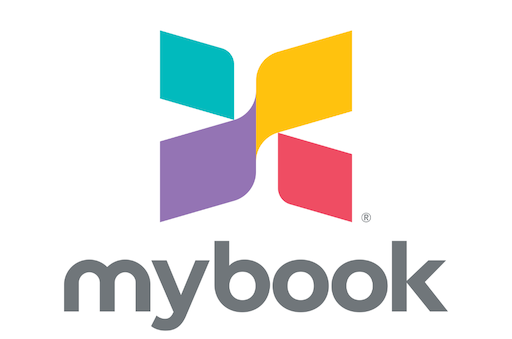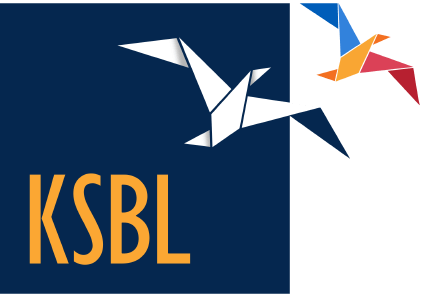What is HubSpot?
HubSpot is an all-in-one inbound marketing, sales, and customer service platform designed to help businesses attract, engage, and delight customers. It integrates various tools such as CRM, email marketing, social media management, and analytics, providing a centralized platform for executing and analyzing marketing strategies.
Why HubSpot is Important?
HubSpot is crucial for businesses aiming to streamline their marketing efforts. It facilitates a seamless workflow by bringing together essential tools, fostering collaboration, and providing a holistic view of customer interactions. With its emphasis on inbound methodology, HubSpot helps businesses attract and retain customers through valuable content and personalized engagement.
What are the Limits on HubSpot?
While HubSpot is a robust platform, it may not be suitable for every business. Small businesses with limited budgets might find some of its features expensive. Additionally, businesses operating in highly specialized niches may require additional tools beyond what HubSpot offers.
Is HubSpot Good?
Yes, HubSpot is widely regarded as a powerful and effective marketing platform. Its user-friendly interface, comprehensive set of tools, and commitment to continuous improvement make it a preferred choice for businesses of various sizes. The platform’s ability to adapt to evolving marketing trends ensures its relevance in the dynamic digital landscape.
About the HubSpot Checklist
The HubSpot Marketing Checklist is a comprehensive guide designed to assist businesses in maximizing their use of the platform. Whether you are new to HubSpot or seeking to optimize your current strategy, these checklist points cover essential aspects of successful HubSpot marketing.
Checklist:
1. Set Up Your HubSpot Account:
Create and configure your HubSpot account, ensuring accurate business information and preferences.
2. Define Buyer Personas:
Identify and create detailed buyer personas to tailor your marketing strategies to the specific needs and preferences of your target audience.
3. Implement HubSpot CRM:
Integrate HubSpot CRM to manage and organize customer data effectively, streamlining communication and improving customer relationships.
4. Develop a Content Strategy:
Create a content plan aligned with your buyer personas, focusing on blog posts, ebooks, and other resources to attract and engage your audience.
5. Utilize Email Marketing:
Leverage HubSpot’s email marketing tools for creating and automating campaigns, nurturing leads, and maintaining consistent communication.
6. Optimize Landing Pages:
Design and optimize landing pages to capture leads and encourage conversions. Use A/B testing to refine page elements for maximum effectiveness.
7. Social Media Management:
Schedule and manage social media posts directly from HubSpot, ensuring consistent and strategic social media presence.
8. Implement Marketing Automation:
Set up automated workflows to streamline repetitive tasks, nurture leads, and guide prospects through the sales funnel.
9. Monitor Analytics:
Regularly review HubSpot analytics to track the performance of your marketing efforts. Analyze data to make informed decisions and optimize campaigns.
10. Conduct SEO Audits:
Perform regular SEO audits using HubSpot’s tools to identify and address opportunities for improving search engine visibility.
11. Create Smart CTAs:
Implement Smart CTAs (Call-to-Actions) to deliver personalized content to users based on their previous interactions with your website.
12. Optimize Lead Scoring:
Refine your lead scoring system to prioritize and focus on leads with the highest potential for conversion.
13. Utilize HubSpot Ads:
Integrate and manage your paid advertising efforts through HubSpot Ads, ensuring a cohesive approach to your overall marketing strategy.
14. Develop Webinars and Events:
Leverage HubSpot for organizing webinars and events, integrating registration and engagement seamlessly.
15. Implement HubSpot Sales Hub:
If applicable, explore and implement features from HubSpot’s Sales Hub for a unified approach to marketing and sales efforts.
16. Personalize Content:
Use personalization features to tailor content to specific segments of your audience, increasing relevance and engagement.
17. Mobile Optimization:
Ensure your content and campaigns are optimized for mobile devices to reach users across various platforms seamlessly.
18. Monitor Competitor Activity:
Use HubSpot’s tools to track and analyze competitor activities, gaining insights for refining your own marketing strategies.
19. Stay Updated with HubSpot Academy:
Regularly participate in HubSpot Academy courses to stay informed about new features and best practices for maximizing the platform’s capabilities.
20. Seek Customer Feedback:
Encourage and collect feedback from your customers using HubSpot’s survey and feedback tools. Use insights to improve your products and services.
21. Community Engagement:
Participate in HubSpot communities and forums to connect with other users, share experiences, and gain additional insights into best practices.
I tried my best to provide the most valuable HubSpot checklist. If you want another checklist, or want it in the excel or word format then let me know. I’ll try to provide that to you.
Stay Updated, Follow me on Social Media:











